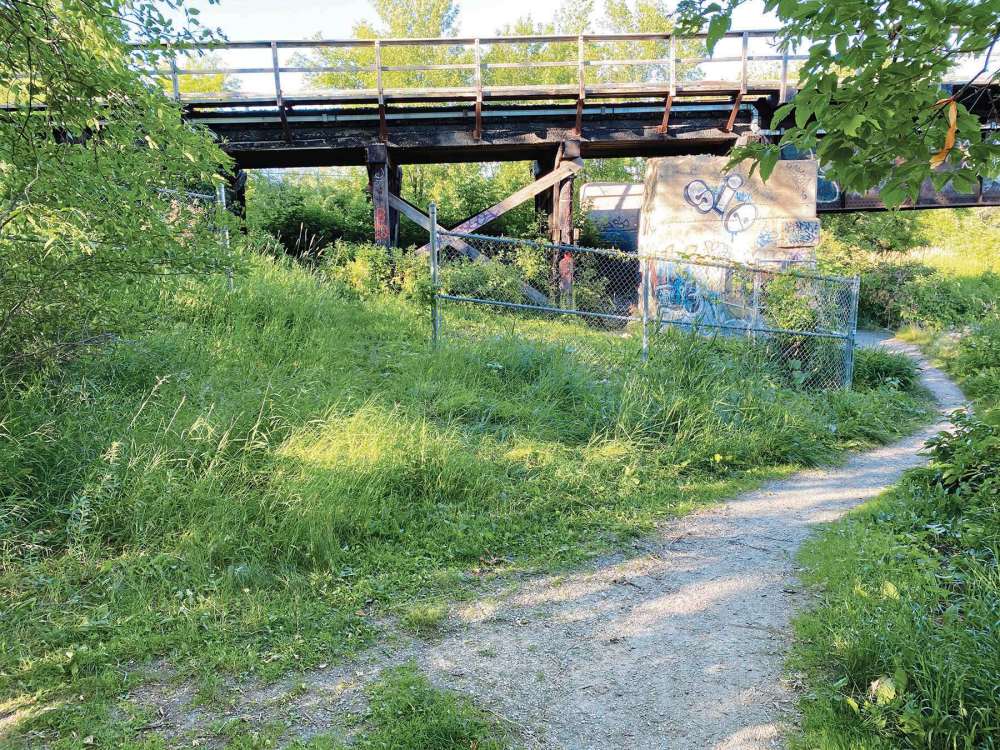Easements allow access to Seine greenway
Advertisement
Hey there, time traveller!
This article was published 24/11/2020 (1755 days ago), so information in it may no longer be current.
Save Our Seine does not own any land. We rely on co-operation from all landowners along the river to conduct our stewardship programs.
The main landowner on the Seine River is the City of Winnipeg. In 2000, it owned approximately 44 per cent of the property along the river. Today, it owns even more.
The amount of city-owned land varies in each reach of the river:

• Red River to Provencher Boulevard —Over 90 per cent;
• Provencher to Marion Street — About 25 per cent, as the river passes through industrial land;
• Marion to Fermor Avenue — 75 per cent, thanks to the city golf courses that straddle the river;
• Fermor to Bishop Grandin Boulevard —Less than 20 per cent;
• Bishop Grandin to the Perimeter Highway — A “small” percentage before the development of Royalwood on the east and a string of condos on the west;
• Perimeter to the Rd River Floodway — Less than 10%;
The rest of the land along the Seine River is privately owned. Private properties extend up to the river’s edge or to the middle of the river. The result is a patchwork of public and private land along the river.
The city purchases flood plain land when riverfront properties are subdivided or rezoned. This land serves as flood protection. Its lush habitats attract both wildlife and people. This public reserve land also enables the development of public trails along the waterway. At times, these trails end abruptly at the next parcel of private land. But there are some notable exceptions.
The Gabrielle-Roy Trail crosses the Agi-Westeel property between Desautels and Deschambault streets. It crosses another private property before reaching Hamel Avenue. This 900-metre trail is all on private land.
The South Trail crosses land that is owned by the Hindu Temple, Vic Wyatt House, and Léo-Rémillard High School (school division land).
The city has trail easements with these landowners. An easement is a long-term agreement between the city and the property owner. It gives the city the right to “trespass” on the private land for a specific purpose, such as a public trail.
This is both wonderful and confusing. Sometimes people think they are on public land when they are not. In other cases, residents of a condo, townhouse, or apartment complex may not realize that an easement allows the public to access their “private trail.”
A big thank you is owed to the city and the community-minded landowners for negotiating easements that allow public trails to cross private land so we can enjoy more of the Seine River Greenway.
Michele Kading is a community correspondent for St. Vital and the executive director of Save Our Seine.

Michele Kading
St. Vital community correspondent
Michele Kading is a community correspondent for St. Vital. She is also the executive director of the Association of Manitoba Museums.
Our newsroom depends on a growing audience of readers to power our journalism. If you are not a paid reader, please consider becoming a subscriber.
Our newsroom depends on its audience of readers to power our journalism. Thank you for your support.




